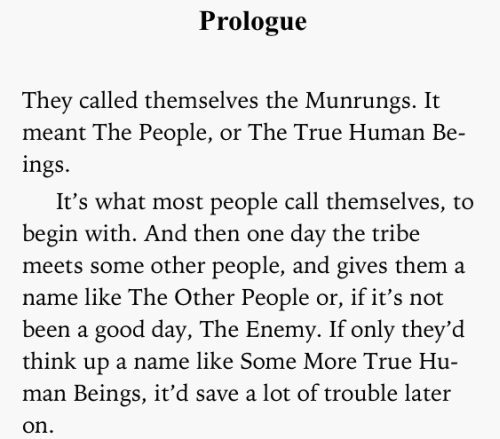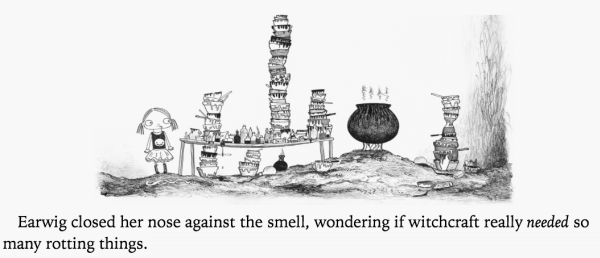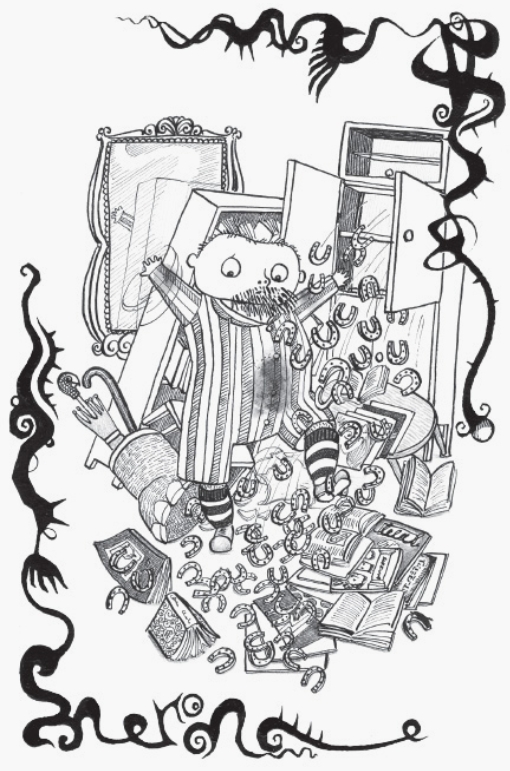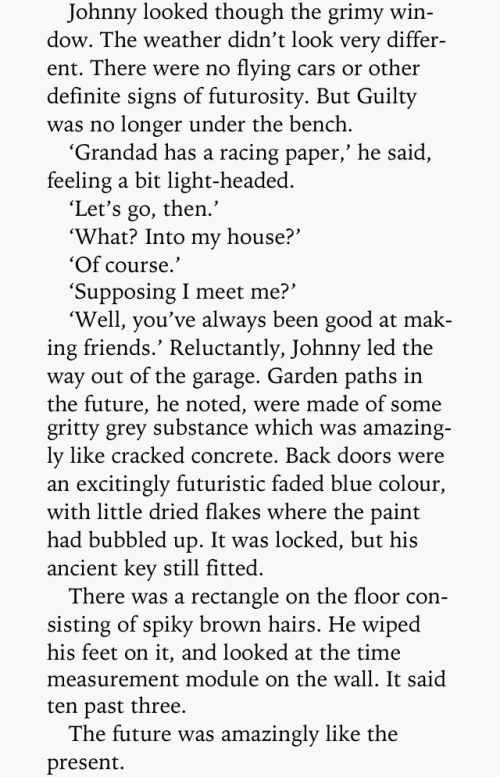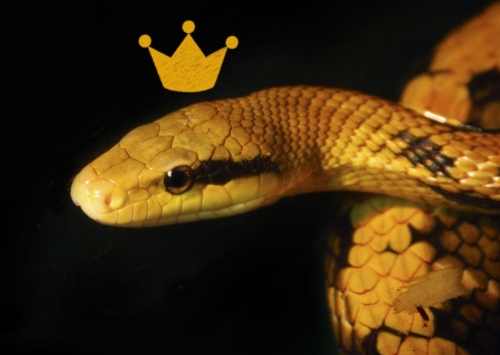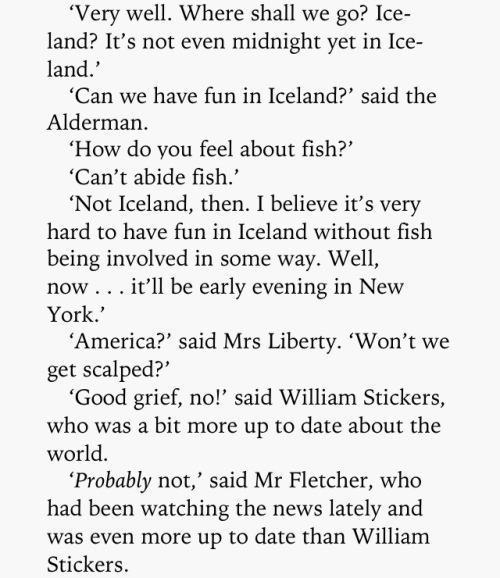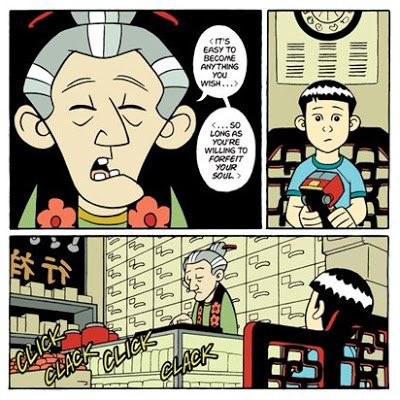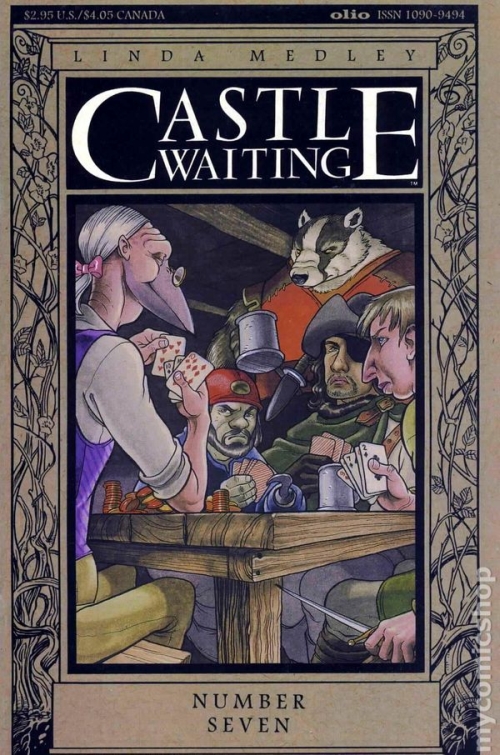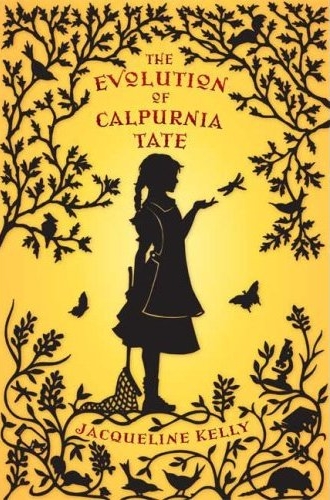
The Evolution of Calpurnia Tate by Jacqueline Kelly is my latest read book and I quite liked it. It’s about an eleven year old girl (twelve by the end) in 1899 Texas who wants to become a naturalist, aided and encouraged by her cantankerous grandfather she barely knew before he comforts her one summer day after her failure to get Darwin’s controversial new book from the library. It starts with her trying to understand where these new types of grasshoppers had appeared, big fat yellow ones, different from the small green ones she was used to.
She’s the only girl in a family of even kids and right in the middle, and three of her brothers are sweet on her best friend. In-between trying to master science, she has to deal with her mother trying to make her into the girl her mother didn’t get a chance to be thanks to the Civil War.
Speaking of that, the book dances around the fact that her family fought on the south’s side. They have a black cook, Viola, who is treated with a lot of respect in the book but the specter was held over the book. The uneasiness that left in me was the only sour point of the novel, however. Otherwise it is a perfectly sweet book, with Calpurnia coming off as a very realistic young girl.
Also, apparently it’s got my taste nailed because:

Are all books I strongly recommend, especially Where the Mountain Meets the Moon by Grace Lin which is still one of the best books I have ever read.
Summer book count: Working on #49.

